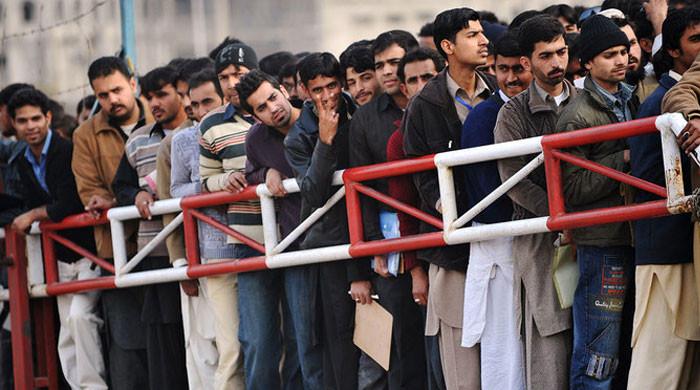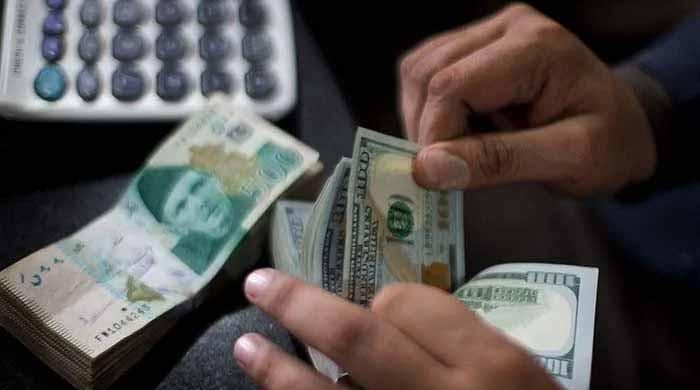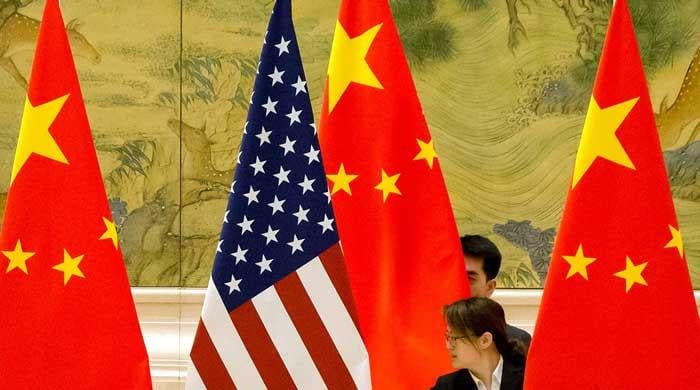Death, taxes, and a low tax-to-GDP ratio
There is a famous saying that nothing is certain except death and taxes. In Pakistan, we can add to it a low tax-to-GDP ratio.
January 06, 2018
Pakistan’s tax-to-GDP ratio is 12.6 percent.
According to the World Bank, it is “one of the lowest in the world and it is still half of what it could be for Pakistan.”
The IMF has a similar view: “Pakistan’s tax-to-GDP ratio has remained low by international comparison,” lower than that of India, Turkey, Thailand, and Egypt. It estimates that Pakistan has the potential to reach a tax-to-GDP ratio of 22 percent.
Our low tax-to-GDP ratio raises a fundamental question: How is Pakistan going to invest in its people and infrastructure, pay back our loans, or for that matter do anything, if Pakistanis won’t pay their taxes?
As for the politicians not in power, the solution to every problem facing Pakistan, including its low tax-to-GDP ratio, is the same: put them into power.
But how did they perform on tax-to-GDP ratio when they were in power?
Let’s look at the data provided by the World Bank to answer this question.
During 2009 to 2013, under the Pakistan People’s Party government, the tax-to-GDP ratio was between 8.9 to 11.2 percent, that is, lower than what we have now.
In 2008, the last year in office of Gen. Pervez Musharraf, the tax-to-GDP ratio was 9.1 percent, down from 10 percent in 2001 when he forced his way into power.
The performance of the Pakistan Tehreek-e-Insaaf-led provincial government in Khyber-Pakhtunkhwa is also unsatisfactory. It missed its tax collection target by almost 50 percent for FY2016-17, unable to make headway on agriculture income tax or property tax.
The Khyber Pakhtunkhwa government relies on indirect and regressive taxes, just like the Federal Board of Revenue. The last National Finance Commission award emphasized the role of provinces in taxing agriculture and real estate sectors. However, the progress of provinces, including that of KP, as described by the State Bank of Pakistan, is “below par”.
If we take a longer-term view, the picture becomes even more sobering. Our tax-to-GDP ratio was 10.4 pc in 1974 and 10 pc in 2014. In between, it hit a high of 13.9 pc (1996) and a low of 8.9 pc (2009).
It is a fact of Pakistan’s political economy that no government has been able to do much about our tax-to-GDP ratio in the last forty years.
But why is our tax-to-GDP ratio so low?
First and foremost, those who ought to be paying the most taxes have undue political power over taxation.
Then there are other reasons. Tax payer is not convinced he gets value in return; we have a serious problem of corruption where it is cheaper to evade taxes than to pay them; there is a lack of research and analysis capacity at our tax authorities; the same group of compliant tax payers are being asked to do more; there is a large informal economy; there is lack of political will to prevail over special interest groups; there is no consistency in policy, and so on.
So what about the solution? If we are going to scoff at US aid, we need to have a plan to fix our tax-to-GDP ratio.
In case you are thinking of reforming the FBR with the help of multilateral agencies or devolving a larger tax mandate to the provinces, that has already been tried. If you are thinking of addressing the corruption in the FBR, all the signs are that the accountability of the corrupt remains illusive.
As you dig deeper into the history of tax reforms in Pakistan, you find a troubling consistency. Just like the problem and its causes, the solutions too — broadening the tax base, rationalizing taxes, and simplifying procedures — have stayed more or less the same.
In a presentation on tax issues, the chairman of the Tax Reforms Commission once offered a candid insight: underlying the “long and sordid” history of our tax reforms is “unsuccessful implementation.”
Unfortunately, this “unsuccessful implementation” is not unique to our tax system. It is a general rule in Pakistan where institutions have been struggling with political compromises to deliver upon their mandate. Our tax system cannot somehow break free from our national institutional current and start delivering.
There is a famous saying that nothing is certain except death and taxes. In Pakistan, we can add to it a low tax-to-GDP ratio.









